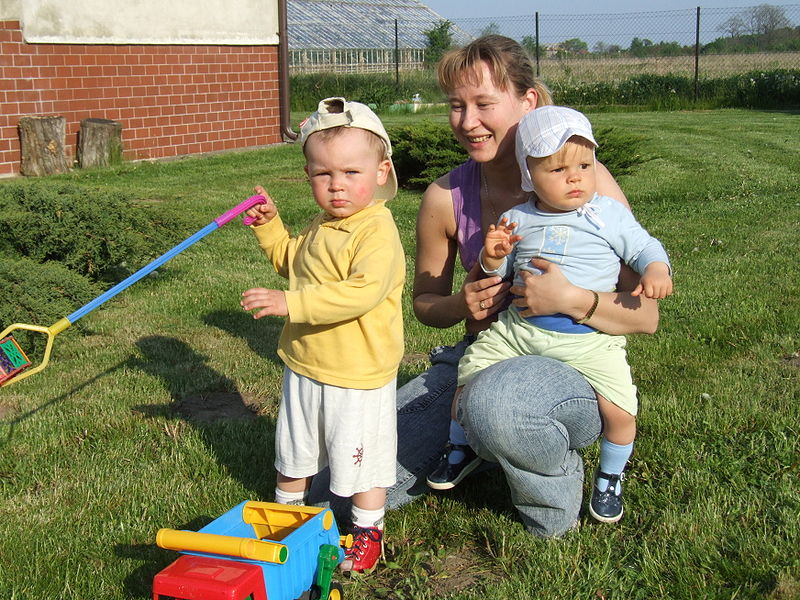Connecting through Screens: Strengthening Bonds Despite Challenges!
THE EXCAVATED MIND CREATES ROOM FOR MEANINGFUL TRANSFORMATIVE ACTION

When setting goals at the beginning of the year, we do so with a strong determination to succeed. So why don’t we succeed? Why aren’t we getting the desired results?
When I conduct group coaching on this theme, every year during my 40 Days of Life Coaching, Power Yoga, Pranayama, and Meditation program, I start with assessing the participants’ states of mind. The detailed questionnaire I ask them to complete at the start of the program sheds light on the patterns and tendencies of each participant and gives me a clear idea of the work we will need to do.
To ensure success, we work on rewiring the brain, by releasing patterns and tendencies. When participants begin to change their perspective, they also realize that until they release negative patterns and tendencies the actions taken towards goals are akin to driving with brakes on.
One of the tools that is effective in releasing patterns and tendencies is Authentique’s FUGT coaching model (Forgiveness Unconditional Love, Gratitude, and Trust). It seems simple, but it’s not easy to implement. The good news is that with practice, each participant develops a clearer understanding of the process. Clarity creates the space needed to strategize, and to engage in the actions required in order to reach the desired outcome. Time and time again, during the strategizing sessions, participants begin to let go of the non-loving feelings. This reframing creates a positive and empowering outlook and leaves more space to implement what truly matters.
The key here is that participants begin to understand that there can be no peace of mind when we hold grudges, feel hatred, animosity, experience doubt, and crave approval from others for the choices we make or don’t make.
The other key realization is that to achieve goals without consciously taking meaningful transformative action is not possible. When people feel stuck or give up their goals after purportedly “trying everything, it is generally because they were driving with the brakes on.
Once clarity begins to emerge, and non-loving feelings are released, we become unstoppable and ready to take the necessary action with strong determination because the excavated self is a great engine that drives our actions.
So, what is the appropriate meaningful transformative action?
There are two types of actions: wholesome and unwholesome. Wholesome actions do not harm you nor others, but propel you forward. Unwholesome actions harm you or others, and will drag you down. Use your powers of discernment to know the difference.
Personal goals are set the same way you would set professional goals. You create a plan with the necessary action steps to get the desired outcome. Remember though that even when we set SMART goals, i.e. goals that are Specific, Measurable, Achievable, Relevant, and Time-Bound, we must commit to taking action.
What amount of action should you take? You cannot measure it out—Be bold, set your sight high—chances are, if you haven’t reached your goal, you probably haven’t truly committed to the process.
Taking meaningful transformative action won’t be easy. In general, people try to use shortcuts or simply don’t realize that you must keep that goal at the forefront of your life and do whatever it takes to get desired results. If you’re tired, don’t quit—just rest. And then continue taking small actions daily. Your old habits will start to feel neglected and create some resistance. That’s okay; lovingly examine what your habits are trying to tell you, and forgive yourself for having developed those habits in the first place, and let go of the negative feelings.
As you take action, seek out the multitude of counselors that will be supportive of you. Be in a community that is also committed to meaningful transformative action. Elevate others and minimize judgment of others. Respect others’ journeys.
Starting over and over is also a form of taking meaningful transformative action; each time you start over, you are getting closer to your desired outcome.
Students of Eastern philosophy may ask, why take massive action if we don’t control the outcome of our actions? Ultimately, the point is to be in action all the time, so that the action and the outcome merge. The point is to be in live action, living a life you love.
Your Children Are Not Yours
And a woman who held a babe against her bosom said,
Speak to us of Children.
And he said:
Your children are not your children.
They are the sons and daughters of Life’s yearning for itself.
They come through you but are not from you,
And though they are with you they belong not to you.
You may give them your love but not your thoughts,
For they have their own thoughts.
You may house their bodies but not their souls,
For their souls dwell in the house of tomorrow, which you cannot visit, not even in your dreams.
You may strive to be like them, but seek not to make them like you.
For life goes not backward nor tarries with yesterday.
You are the bows from which your children as living arrows are sent forth.
The archer sees the mark upon the path of the infinite, and He bends you with His might that His arrows may go swift and far.
Let your bending in the archer’s hand be for gladness;
For even as He loves the arrow that flies, so He loves also the bow that is stable.
– From The Prophet by Kahlil Gibran
 When I read this poem I knew I had to share it. It seems that all around me I see parents not letting go of their children when the time has come. It’s an unhealthy attachment, one that is ages old. Described in Buddhism as Upādāna, attachment takes four intertwined forms:
When I read this poem I knew I had to share it. It seems that all around me I see parents not letting go of their children when the time has come. It’s an unhealthy attachment, one that is ages old. Described in Buddhism as Upādāna, attachment takes four intertwined forms:
-
sense-pleasure (kamupadana) : Pleasure from our senses
-
wrong-view (ditthupadana) : Clinging to false theories and forming speculative theories
-
rites-and-rituals (silabbatupadana) : Eager indulging into rituals and ritual practices
-
self-doctrine (attavadupadana) : Greed arising from the idea that we are eternal, that we exist by ourselves
– Wikipedia
Parental attachment often rises out of fear. What I hear about most from parents is the fear that their child is not going to make it in life, that their child will become a drug user or dropout. Unfortunately, attachment clouds objectivity, and some parents never see just how mature their kids have become on their own.
Living your life without any attachment to the things you like – or aversion to the things you don’t like – helps attain a sense of freedom and happiness, absent of judgement. There is pride and joy when kids figure something out on their own. As a result, children who have a “helicopter” mom or dad doing everything for them will suffer in college.
Helicopter Parent: A parent who is involved in every aspect of a child’s life, especially school. Their own kids often describe them as hovering over them like a helicopter.
So relax a little. Everything around you may be in flux, but you still have to breathe. When you sit comfortably and start to observe your breath, you become an observer. You can be the same type of observer of your kids. But that doesn’t mean inaction. If your child is not doing well, you still need to get to the root of the problem. And that’s where coaching comes in.
Snores and Mirrors
 In my last post I talked about that great usurper we call Fear. This week I’d like to turn my attention to something called Resistance. What do I mean by Resistance?
In my last post I talked about that great usurper we call Fear. This week I’d like to turn my attention to something called Resistance. What do I mean by Resistance?
For me, Resistance occurs when something bothers me in another person or situation, something I don’t like or something I don’t agree with. As an attorney, this is something I must deal with every day. I have come to realize that in the courts there are three sides to every story – my side, your side and the truth. I don’t personalize that kind of resistance because it is part of the trade.
The kind of resistance one encounters in personal relationships is much more difficult to ignore. That’s because the bothersome things we see in other people are present in every one of us – otherwise we would not know what we are looking at! We can either choose to resist that which bothers us or give ourselves the freedom to love it.
Let’s take the case of how I grew to love my husband’s snoring as an example. For years I would despair as my deepest slumbers were rudely shattered by the sound that emanated from my husband’s nostrils every night. I just could not sleep through it. I would become angry and because I was angry, I would feel like I needed to react, and what was my reaction? Waking him, pushing him, elbowing him and calling him names. Of course none of that helped and he kept snoring away.
Who was suffering? Me.
Holding on to anger is like grasping a hot coal with the intent of throwing it at
someone else; you are the one who gets burned.
-Buddha
Now that I have discovered the benefits of Yoga and its philosophy, now that I have meditated on mountain tops and practiced asanas in the rain, how do I deal with a snoring man in the bed now?
Love. Love is the antidote to resistance. Love enabled me to accept the reality that my husband snores. People snore. It dawned on me that snoring is not any easy thing to change and it is a part of who my husband is.
How misguided I was to think I could grant or deny him permission to be who he is. I decided to accept the snoring and then go beyond the acceptance and love it, because I love my husband. Besides, whenever I point my finger at my husband, how can I ignore the three that are pointing back at me?
We are shaped by our thoughts; we become what we think. When the mind is pure, joy follows like a shadow that never leaves.
– Buddha
And guess what? I don’t hear snoring anymore…unless it comes from me!
 Denise K. Bonnaig
Denise K. Bonnaig
Authentique Coaching
(212) 374-1511
dkbonnaig@gmail.com

